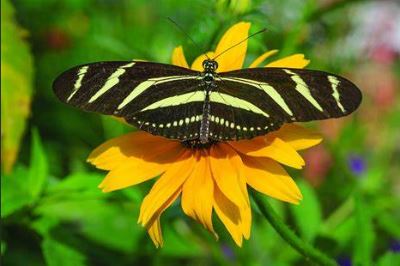Here is how the project went:
Our group identified native host and nectar plants to support local populations of butterflies and other pollinators, particularly those known to be endangered, such as the Atala butterfly. We worked with a parent volunteer and local landscaper to create a landscape design for the school's courtyard garden, purchased the plants, and persuaded families and other volunteers to install the plants on a weekend workday. Funds provided by the grant covered some of the cost of the plants and mulch, but other materials were donated by the parent owner of a landscape company, and other parents donated garden soil and mulch. Only one half of the courtyard space was able to be completed with the funds available. We are discussing fundraising and other funding sources in hopes of completing the second half of the courtyard in the coming school year.
Through this project I/we learned:
Through this project we learned the importance of working together to accomplish a shared mission, and communicating excitement for that mission to generate support.
What I/we might change:
If we did this project again, we would invite more outside experts to share information with us about specifics of landscape design and installation, break the project into more manageable steps, and incorporate more opportunities for fundraising.
My/our favorite part of this project was:
Our favorite part of the project was observing butterflies and other pollinators visiting the beautiful planted garden, and celebrating it at a schoolwide Earth Day assembly.
Some tips, tricks or fun facts about the project:
Children enjoyed researching and creating PowerPoint presentations to learn and share information about pollinator gardens and local populations of pollinators. Others created skits and speeches to share at an Earth Day assembly.
